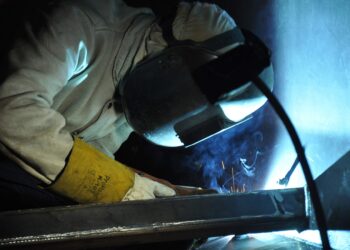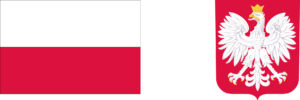In the intricate world of international relations, Kaliningrad, a small piece of Russian territory sandwiched between Poland and Lithuania on the Baltic Sea, holds a fascinating history that has shaped its significance today. The region’s past includes being part of Prussia, experiencing shifts in sovereignty, and ultimately becoming a strategic outpost for Russia. This enigmatic enclave plays a crucial role in Moscow’s relations with Europe, presenting both positive and negative consequences.
Kaliningrad, formerly known as Königsberg during its Prussian era, was a thriving cultural and economic centre. For some time it was a suzerainty of the Polish Crown, who called it Królewiec. After World War II, the region came under Soviet control, and its borders were redrawn following Germany’s defeat. The Soviet Union annexed Königsberg, renaming it Kaliningrad in honour of Soviet leader Mikhail Kalinin.
Kaliningrad boasts strategic significance for Russia in multiple ways. Firstly, the region houses the Russian Baltic Fleet, enhancing Moscow’s maritime presence and serving as a forward operating base. Secondly, with a Baltic Sea coastline, Russia enjoys crucial access to maritime trade routes, bolstering its influence and control over these vital passages. Additionally, Kaliningrad is designated as a special economic zone, offering attractive tax incentives to foreign investors and fostering industries like manufacturing, tourism, and logistics, contributing to economic growth.
However, Kaliningrad’s unique position also presents challenges. Geopolitically isolated, the enclave requires transit through neighbouring countries, making direct connections to the mainland challenging. Surrounded by EU member states, Kaliningrad faces complexities in economic interactions, necessitating special arrangements for travel and trade. Furthermore, as a Russian military enclave, Kaliningrad raises security concerns among NATO members, leading to increased vigilance and military exercises in the region. The Suwalki Gap, the area of Poland and Lithuania which provides the shortest route from the Oblast to friendly Belarus the rest of Russia, hosts one of the most dense concentrations of NATO troops and armour on the Eastern Flank. Both sides recognise the importance of the area, which could be used to isolate the Northern Baltic allies Estonia, Latvia, and Lithuania from Europe by land, and encircle any troops stationed there, or could completely cut off roughly one million Russian citizens by land from the rest of their country.
Kaliningrad remains a geopolitical flashpoint, influenced by broader Russo-European tensions. Its strategic significance and implications for regional security continue to be subjects of concern and interest.
The region’s history reveals the far-reaching consequences of territorial shifts and strategic decisions in contemporary geopolitics. While providing military advantages and economic opportunities for Russia, Kaliningrad’s isolation and complex relations with neighbouring countries present challenges. As global dynamics evolve, Kaliningrad will remain a focal point in the intricate interplay of regional interests and international diplomacy. Understanding the complexities of this enigmatic enclave is crucial in comprehending Russia’s position on the global stage and the ever-changing geopolitical landscape.






